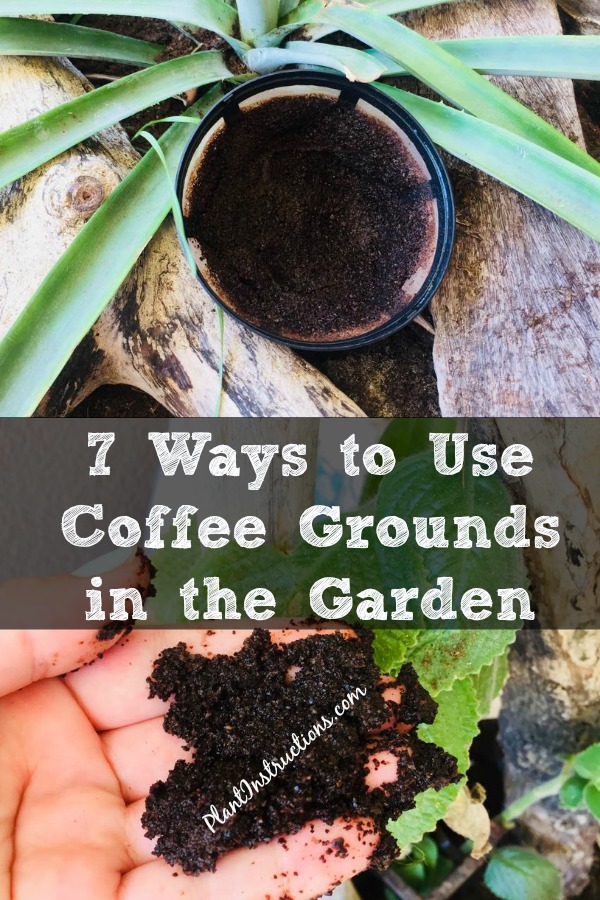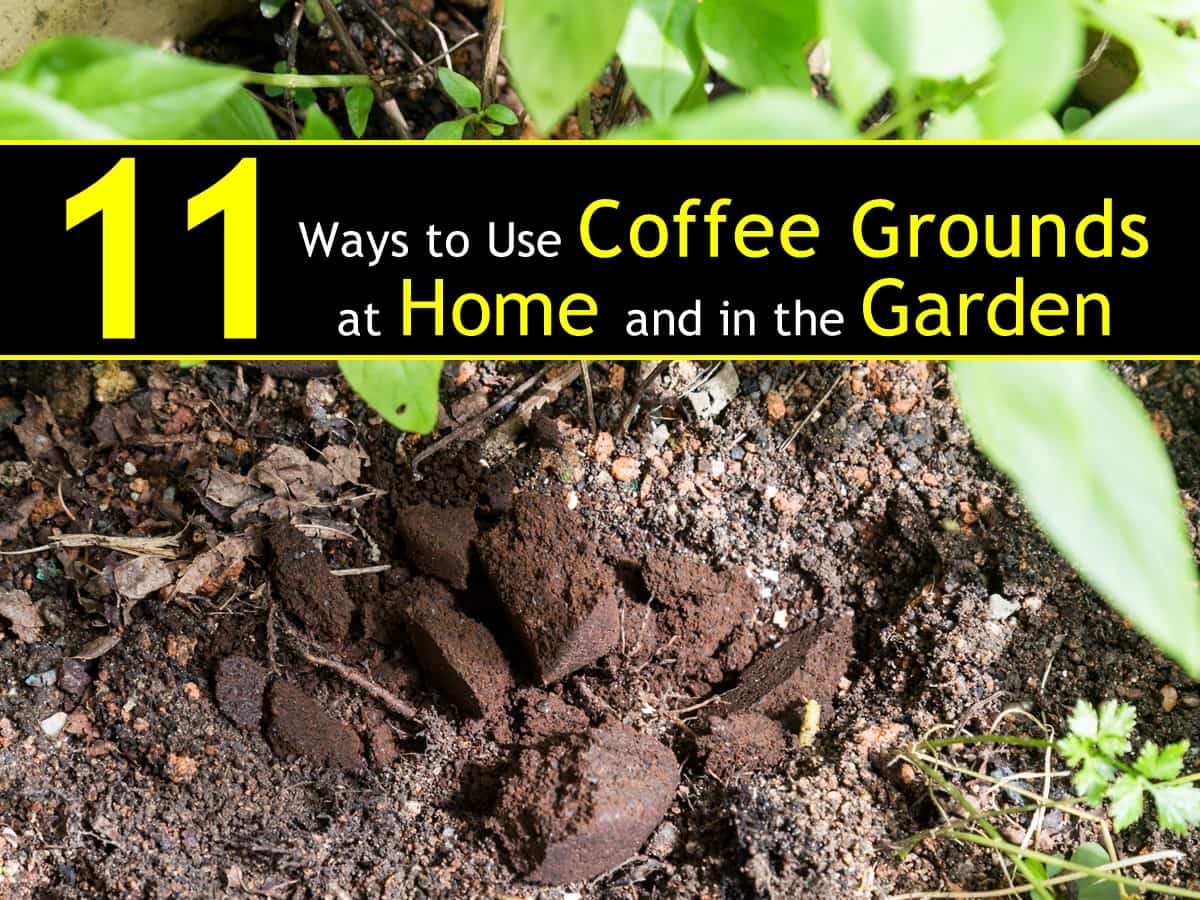Unlocking the Power of Coffee Grounds for Plant Growth
Coffee grounds, a waste product often overlooked, can be a valuable resource for gardeners. By using coffee grounds for plants, you can create a nutrient-rich soil amendment that promotes healthy plant growth, improves soil structure, and supports environmental sustainability. This natural fertilizer is rich in nitrogen, phosphorus, and potassium, making it an ideal addition to your garden. With the ability to repurpose coffee grounds, you can reduce waste, create a sustainable gardening practice, and give your plants the nutrients they need to thrive.
How to Repurpose Coffee Grounds for Your Garden’s Benefit
To harness the power of used coffee grounds for plants, it’s essential to collect, dry, and use them correctly. Start by collecting coffee grounds from your daily coffee routine or visiting a local coffee shop to gather their waste. Spread the grounds out in a thin layer and let them air dry completely to prevent mold growth. Once dry, mix 1 part coffee grounds with 10 parts soil or compost to create a nutrient-rich fertilizer. Apply the mixture around your plants, taking care not to over-fertilize. For optimal results, incorporate the coffee grounds into your soil at the beginning of the growing season, and watch your plants thrive.
The Science Behind Coffee Grounds’ Nutrient-Rich Properties
Coffee grounds are a treasure trove of essential nutrients for plants. Rich in nitrogen, phosphorus, and potassium, these nutrients are vital for healthy plant growth and development. Nitrogen promotes leaf growth and green color, phosphorus supports root development and flower production, and potassium enhances overall plant health and resistance to disease. Used coffee grounds for plants also contain micronutrients like copper, zinc, and manganese, which are essential for enzyme function and photosynthesis. The high carbon content in coffee grounds helps to improve soil structure, increase the water-holding capacity, and support beneficial microbial activity. By incorporating used coffee grounds for plants into your soil, you can create a nutrient-rich environment that fosters healthy plant growth and development.
Coffee Grounds as a Natural Pest Repellent and Disease Fighter
Beyond their nutrient-rich properties, used coffee grounds for plants have been found to possess natural pest-repelling and disease-fighting abilities. The high acidity and caffeine content in coffee grounds can deter ants, snails, and slugs from approaching plants. Additionally, the antifungal properties of coffee grounds can help prevent fungal infections, such as root rot and leaf spot, from taking hold. By incorporating used coffee grounds for plants into your soil, you can create a hostile environment for pests and diseases, reducing the need for chemical pesticides and fungicides. This natural approach to pest control not only benefits your plants but also contributes to a healthier ecosystem. Furthermore, the improved soil structure and increased microbial activity resulting from coffee grounds application can also help to suppress disease-causing pathogens, promoting a balanced and resilient soil ecosystem.
Which Plants Benefit Most from Coffee Grounds Fertilizer?
While used coffee grounds for plants can benefit a wide range of plant species, some plants respond particularly well to this natural fertilizer. Tomatoes, peppers, and azaleas are examples of plants that thrive when coffee grounds are incorporated into their soil. The high nitrogen content in coffee grounds promotes healthy leaf growth and fruit production in these plants, resulting in more abundant and flavorful harvests. Other plants that benefit from coffee grounds fertilizer include hydrangeas, rhododendrons, and blueberries, which appreciate the acidic properties of coffee grounds. Many gardeners have reported success with using coffee grounds to fertilize their plants, citing improved plant vigor, increased yields, and enhanced flavor. By selecting the right plants to pair with coffee grounds fertilizer, gardeners can unlock the full potential of this natural and sustainable gardening practice.
Combining Coffee Grounds with Other Natural Fertilizers
Used coffee grounds for plants can be even more effective when combined with other natural fertilizers. By mixing coffee grounds with compost, manure, or worm castings, gardeners can create a nutrient-rich soil amendment that provides a balanced diet for their plants. This approach can help to overcome any potential nutrient deficiencies in the coffee grounds, ensuring that plants receive a broad spectrum of essential micronutrients. For example, combining coffee grounds with compost can enhance the soil’s water-holding capacity and structure, while adding worm castings can introduce beneficial microorganisms that promote soil biota. When used in conjunction with other natural fertilizers, coffee grounds can help to create a thriving soil ecosystem that supports healthy plant growth and development. By experimenting with different combinations of natural fertilizers, gardeners can tailor their soil amendments to the specific needs of their plants, unlocking the full potential of used coffee grounds for plants.
Common Mistakes to Avoid When Using Coffee Grounds for Plants
While used coffee grounds for plants can be a valuable natural fertilizer, there are some common mistakes to avoid to ensure optimal results. One of the most critical mistakes is over-fertilizing, which can lead to an overabundance of nitrogen and harm plant growth. Another mistake is using fresh coffee grounds, which can be too acidic and cause nutrient imbalances. Additionally, failing to mix coffee grounds properly with other soil amendments or not incorporating them deeply enough into the soil can reduce their effectiveness. To avoid these pitfalls, gardeners should start with a small amount of coffee grounds and gradually increase the quantity as needed. It’s also essential to mix coffee grounds with other organic matter, such as compost or manure, to create a balanced fertilizer. By being aware of these potential mistakes, gardeners can maximize the benefits of used coffee grounds for plants and create a thriving garden ecosystem.
Conclusion: Brewing a Healthier Garden with Coffee Grounds
In conclusion, used coffee grounds for plants offer a simple, sustainable, and effective way to nourish gardens and promote healthy plant growth. By understanding the benefits and best practices of using coffee grounds as a natural fertilizer, gardeners can unlock the full potential of this valuable resource. From improving soil structure and fertility to deterring pests and diseases, coffee grounds can play a vital role in creating a thriving garden ecosystem. By following the tips and guidelines outlined in this article, gardeners can successfully incorporate used coffee grounds for plants into their gardening routine and enjoy the many rewards that come with it. So why not give it a try and start brewing a healthier garden with coffee grounds today?







:max_bytes(150000):strip_icc()/DSC01195-8e91d11414b24bc0aa4b1f1dcfb8ae8f.jpg)
